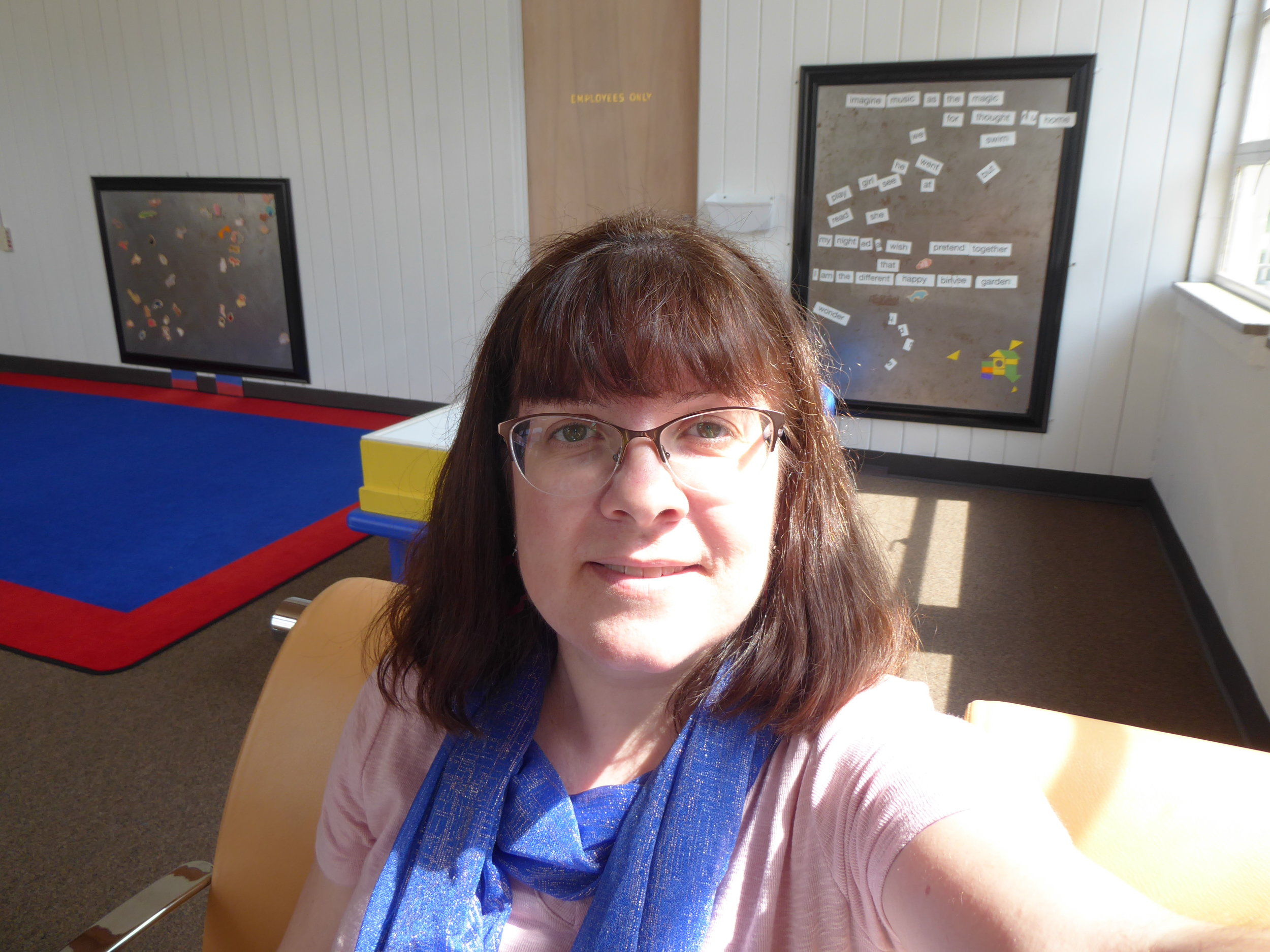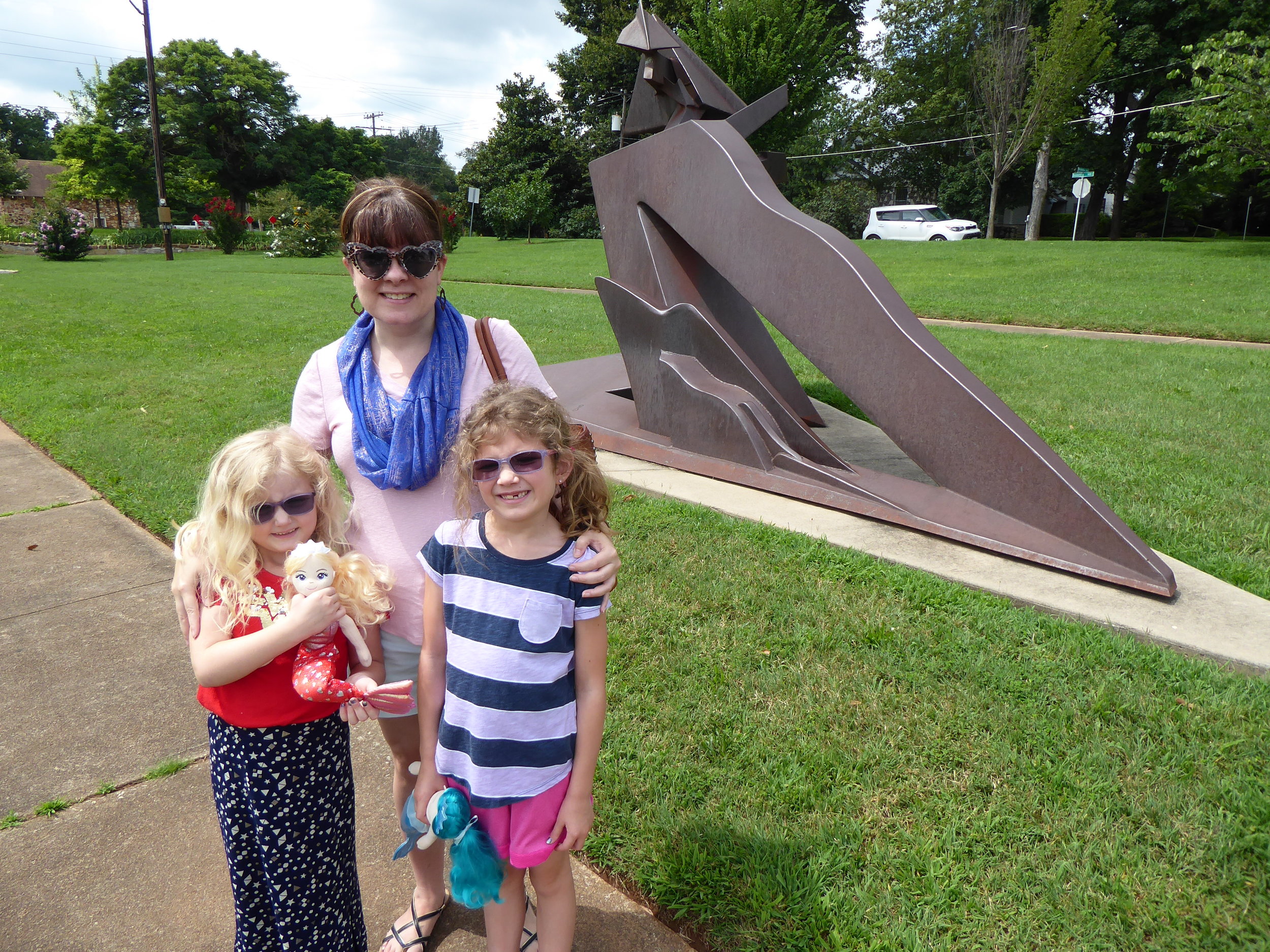"3 Ways Writing and the Visual Arts Inspire Each Other" 🖊📓📸
Thrilled that my craft article, “3 Ways Writing and the Visual Arts Inspire Each Other,” was featured today through Women on Writing. [Article below.]
Also check out my July-August online Imagery Power: Photography for Writers class that starts Friday, July 16th. Sign-ups open for a limited time! I’d love to work with you and your creative friends. 🙌📸📕
“3 Ways Writing and the Visual Arts Inspire Each Other”
By Melanie Faith
Over the years as a writing teacher, I’ve discovered that many of my talented writing students are also visual artists. From fellow photographers to sculptors, painters, and collage artists, there’s something about the skills used to write vivid imagery and/or scenes that also translate well into other art forms, and vice versa.
So, what can a writer learn from photography (or another visual art) that will enhance their prose or poetry projects?
· Focusing on bite-sized portions create resonance. When you write a scene, chapter, stanza, or paragraph, there’s a format you have in mind—after all, a single chapter or poem can’t last forever. Just as you can’t include everything into a single scene or chapter or poem, you can’t include everything in visual art. A visual artist focuses on parts of a scene for a landscape photograph or painting; it has to stop somewhere. As writers, we make decisions, especially in later drafts, about both what details are extraneous to the whole as well as details or images that must remain to create a unified whole that speaks to a reader’s/viewer’s own experience.
One of the many definitions for “resonance” at Dictionary.com, states: “The ability to evoke or suggest images, memories, and emotions,” while Merriam-Webster.com defines the term as “a quality of richness or variety” and “a quality of evoking response.” Ultimately, in both writing and visual arts, this is exactly what we want: layers of meaning from the writer/artist that are interesting and hook the reader/viewer so much that the imagery presented stirs their own emotions just experiencing our art.
Made with my ‘90s Canon and Kodak Gold 200 film: “Curlicue L3.” 📸✨
That’s one of the great joys of reading, writing, and making art: the more specific and focused our own works are, the more others will click with the work and want to spend time with it. Creating bite-sized portions of art informs, entertains, and captures the human need to be understood. What could be better than that?
· Layer it up: the more meaning the merrier! In an essay or poem or novel, no matter what the theme is, there’s more going on in the writing than just a sentence-or-two synopsis of what literally happens or what its main idea is. Reaching into the grab bag of literary analytical terms, there might be one or several concurrent elements that contribute to make a scene, chapter, poem, or visual arts piece seem so real-to-life, including but not limited to: symbolism, auditory or taste or visual imagery, synecdoche, metonymy, juxtaposition, simile, and/or metaphor, and more. Below the immediate level of what the work is “about” literally, the deeper, gooier, more subterranean meanings reside and represent where the creator does some of their best work.
Working subtly to show something deeper about human life beyond the immediately obvious—indeed, the word crafting is splendidly apt here—writers and artists work emblematic representations of ideas, emotions, and conflicts into their work to deepen and connect with reader/viewer experience. Real-life ain’t easy or simplistic, so our writing and art better not be either—there should be more-than-meets-the-eye occurring concurrently with the easier-to-spot initial image or dialogue.
As writers/artists, we shape and sculpt ideas so that they are both what they appear to be and also much more than they at first suggest. That kind of composing requires both literal and figurative decisions that make the utmost of each word, each line, each paragraph/stanza, each page, or each canvas, digital chip/pixel, and/or paint.
· Both writers and visual artists actively compose reality. That is, we consider how parts of a whole interact with each other, we leave in necessary imagery and crop out unnecessary or cluttering details, we omit and/or change the pace of reality by slowing down/zeroing in focus on some elements so that others fade into the background, and more.
The element of careful and mindful composition is somewhat subconscious (at first draft, before editing, anyway), and it’s also where a lot of the plain fun of being a writer or artist occurs in the conscious stages of making.
Some subjects, themes, and ideas we might be innately drawn to, such as trains, but the majority of our work revolves around recurring ideas or symbols from an array of life experiences that seem to recur, both in our lives and later in our work—to take the train example further: the artist’s father might have been a 9-5 commuter for many years and so the recurrence of trains in the artist’s work may suggest a whole host of ideas from family responsibility related to jobs, feelings of missing a parental figure, to what it means to live in the suburbs but work in a city, and more.
Writing and the visual arts integrate many decisions at both the conscious and subconscious level of creation: exciting and complex composition that continues to inspire, mystify, challenge, and motivate our work from the first experiments in each medium through all of the works we produce and share.
Clearly, writing and the visual arts are meaningful, rich explorations into self-discovery and also important genres for commenting on and sharing ideas about the complexity of human experience. One art form—writing—can inform and inspire growth in visual arts as we reach to become better self-expressing writers and insightful communicators to a wider audience.











